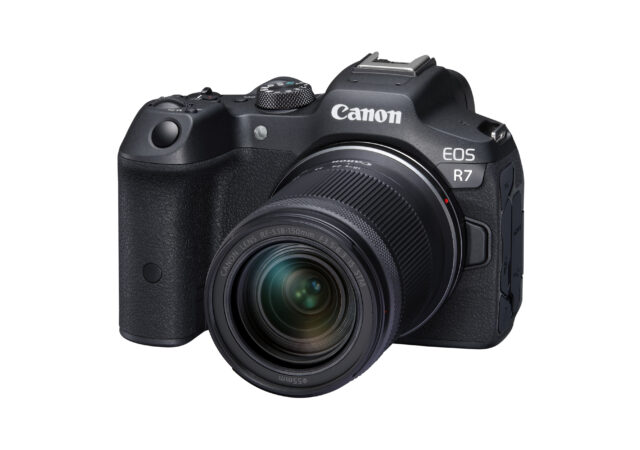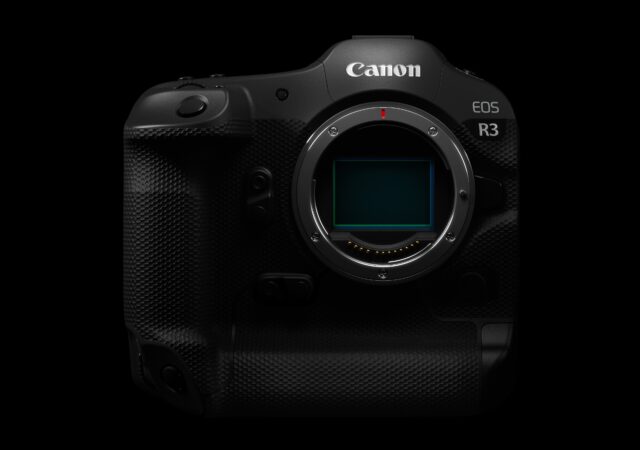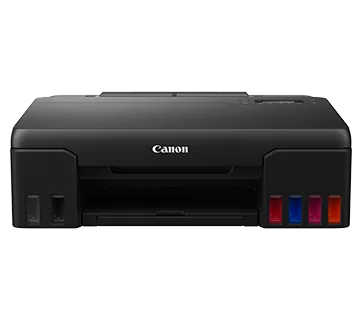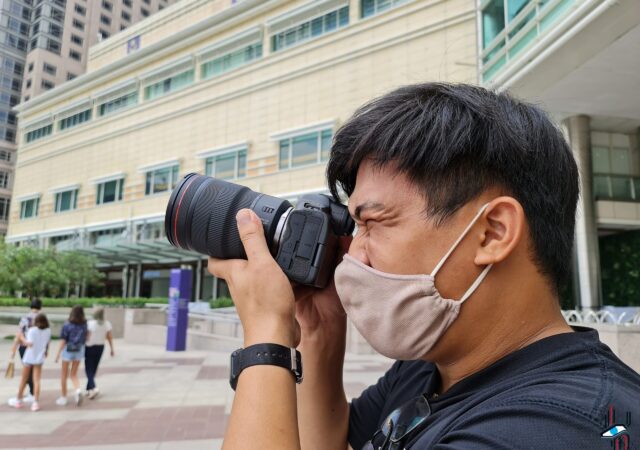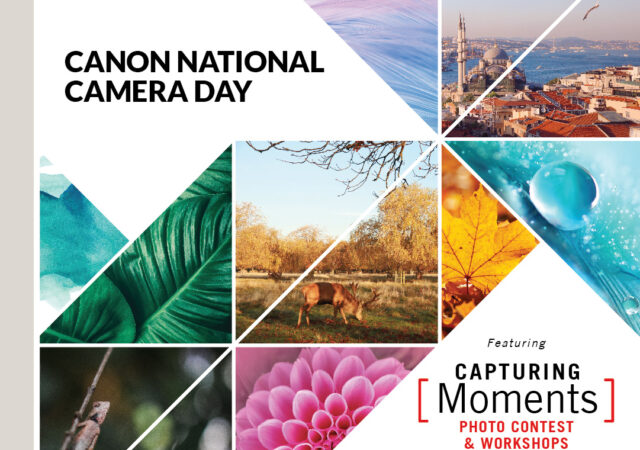Canon launches their new EOS R7 and EOS R10, the latest APS-C mirrorless cameras with new RF-S kit lenses.
Canon EOS R3 Launches – Mirrorless is The Future with Canon
Canon releases the EOS R3 full frame mirrorless camera to replace the flagship EOS 1DX platform with a 24.1MP high-speed beast.
More is Better – Canon Launches Printers with 6 Ink Tanks
Canon launches the PIXMA G570 and PIXMA G670 with six ink tanks for even more vivid and true to life colours.
24 Hours with the Canon EOS R5 – A Walk Through Town
We had a short time to spend with the Canon EOS R5. We had a day out with the highly capable camera though, and the results shows.
Canon Rewards Customers Who Buy Genuine Toner Cartridges
Canon launches their Be Original: Genuine Toner Loyalty Program to incentivize buying genuine toner cartridges with their printers.
Canon Goes Digital for National Camera Day in Malaysia
Canon Malaysia has had a month long campaign to celebrate National Camera Day. Here’s what happened!



